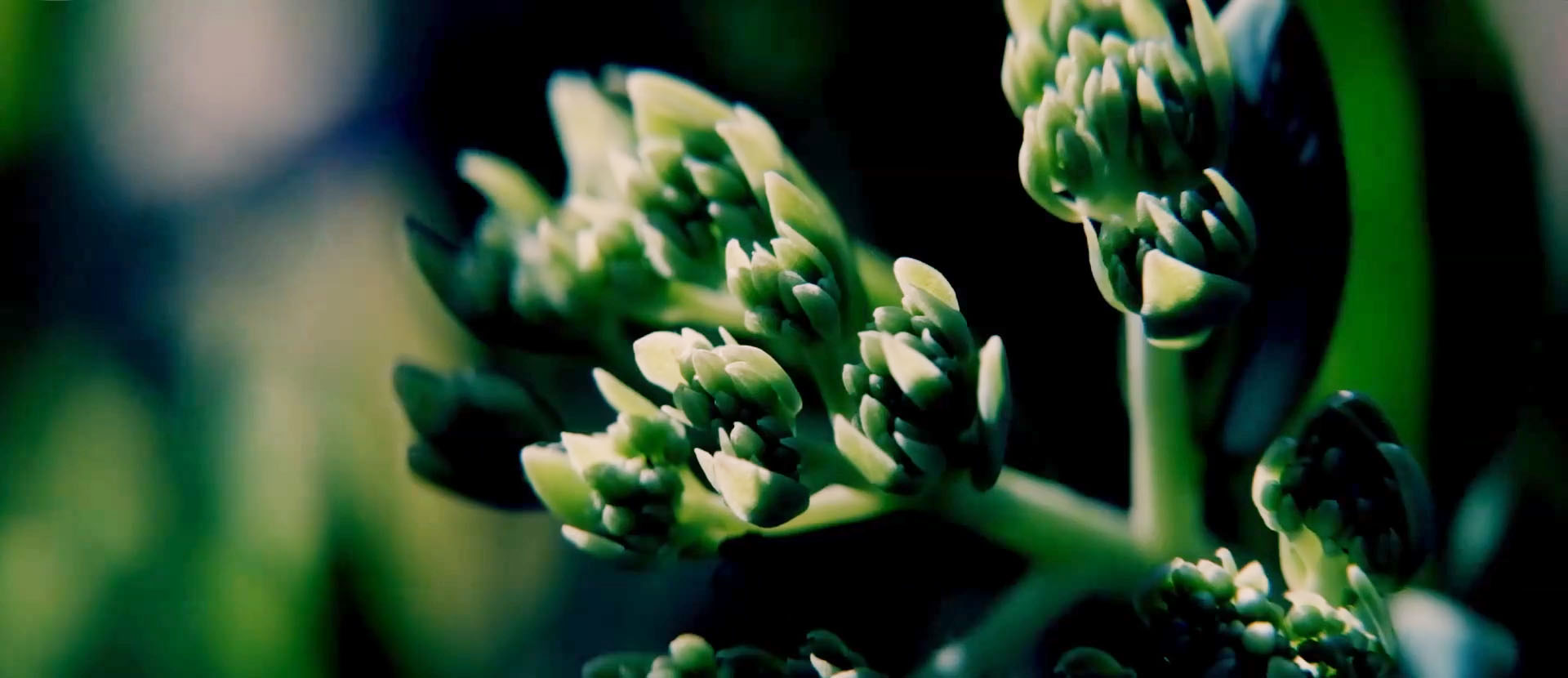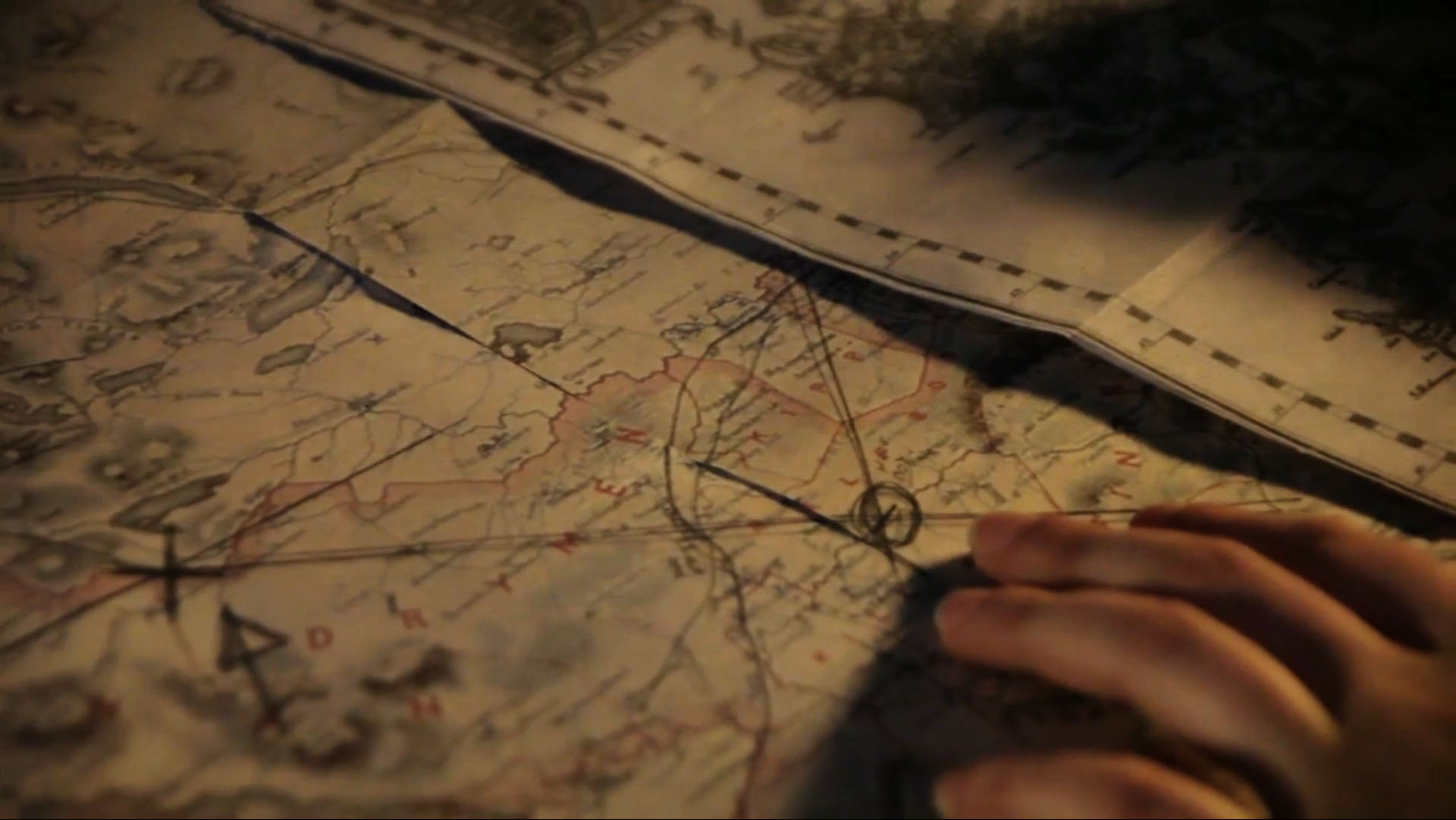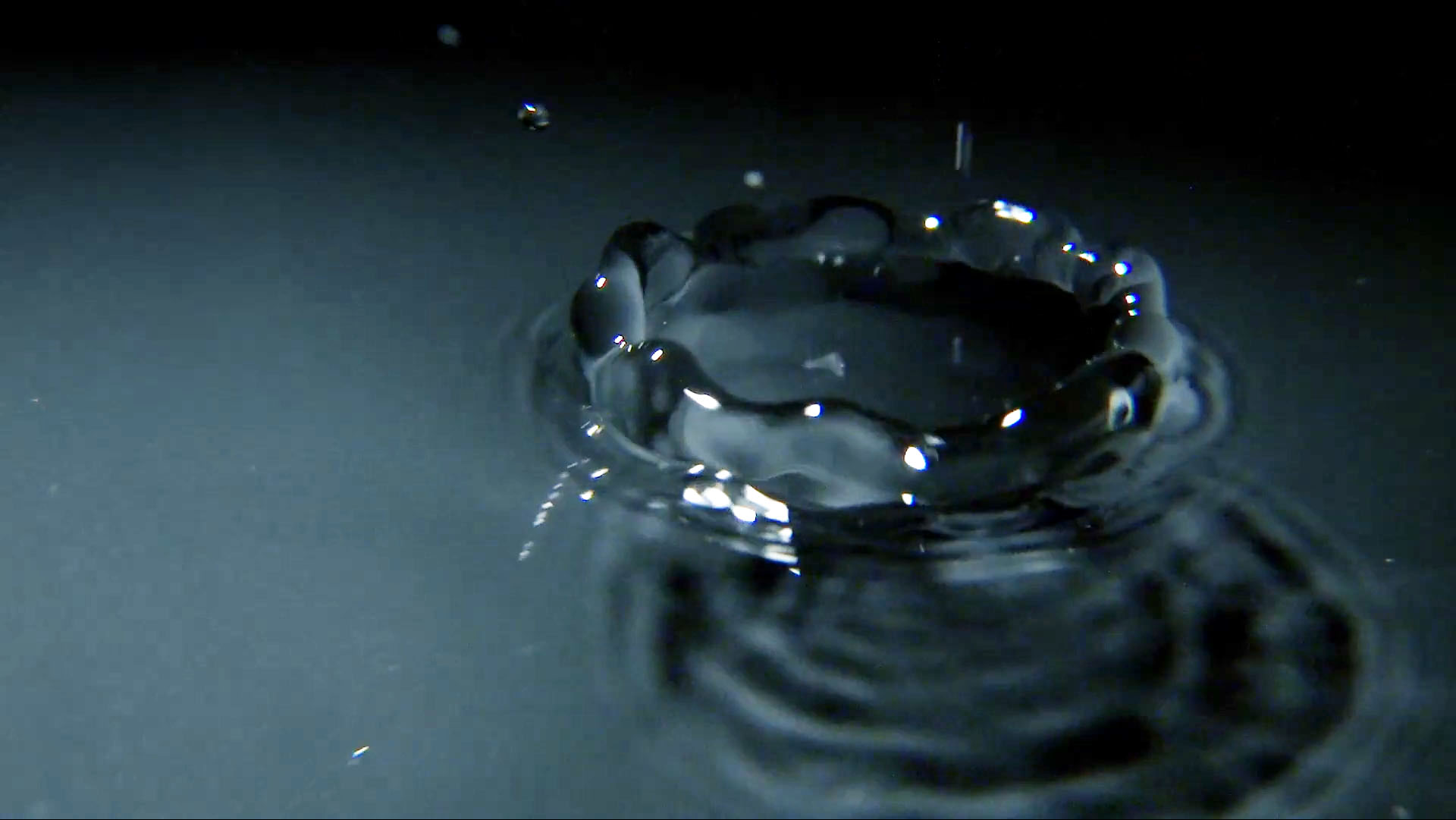
Purists might say there’s no such thing as cheating at camerawork; if it looks good, it looks good, and that’s exactly the sort of thinking we’ll be clinging to in this series. For as long as the editorial staff will allow it, then, let’s examine ways to make pretty pictures with an absolute minimum of gear, time, money and skill, because let’s face it, selling all that popcorn isn’t about points for effort.
No matter how grimly uncompromising a location or how inadequate the production design budget, there’s usually something in a scene that looks good in a sufficiently tight vignette. The technical definition of macro implies that the image of the subject that’s cast onto the sensor by the lens is at least as large as that subject is in real life, making it possible to fill the frame on a Super-35mm camera with things which are barely an inch across, and thus blowing them up four hundred and eighty times onto a 40-foot projection screen.

Actually making that happen from an optical perspective means moving the lens (or at least its focusing group) further from the sensor than would normally be possible, which is why extension tubes, which space the lens away from the camera, are popular in stills work. Of course, they also work fine for movies – though often not with anamorphic lenses such as the Sirui range, so watch out for that.
An actual macro lens might achieve similar things in different ways, but the principle is the same. Most of the images accompanying this article were shot with Canon’s seminal EF-S 60mm f/2.8 Macro USM lens, one of only two primes specifically made by the company for EF-S cameras (the other is the EF-S 24mm f/2.8 STM, a rather basic option lacking macro). For an EF-S lens the 60 is reasonably expensive, and similar things can be achieved with something like a set of closeup lenses which allow for much closer focusing and can be applied to a lot of other lenses, including anamorphics. Get big ones, and step rings, to accommodate potential future lenses.
Small is beautiful
Working in the world of the very small does make a lot of things easier. Subjects cost very little to production design; anyone who’s drawn puzzled glances from library staff for picking out a series of old books based on nothing more than their colour knows how this works. Everything fits on a desktop, can be lit with a flashlight and even the smallest slider can cover more than enough ground. The downsides are that camera motion – while wonderfully showcased by the concentrating power of short depth of field – must be done with incredible precision and smoothness, and focus pulling… well.

The best approach is to plan things so that appropriate subjects happen to swim into focus at appropriate times as a turntable rotates or as a slider travels. Often it’ll be necessary to rehearse camera moves, and don’t forget to move the lights as well so that shadows rake across the scene and highlights glitter (in fact, we’ll probably look into all of the wonderful cheating that can be done with moving lights at a later date).
Consider the macro
If there’s a downside, it’s that macro photography doesn’t often get the very best out of lenses. Macro ranges tend to look less technically excellent than the same lens in a more conventional setup. That’s particularly true if we pull the macro tab on a B4-mount broadcast lens. They’re often very interesting things to play around with, given the ability to move both the focus and zoom controls to create a huge variety of bold, interesting and possibly excessive optical fireworks, but optically excellent, distortion-free macro lenses they aren’t. Dioptres vary wildly in quality, too, although sometimes the distinction between “fuzzy” and “expressive” rests on a fairly narrow shade of opinion.
So, pick a theme, collect together some household items, and pile them on an old record player. Push it round with your finger and shoot some punishing closeups of totally mundane objects. Backlight, frame nicely, embrace the blur, and you’re only a suitably modernistic Pond5 track away from a Vimeo masterpiece.

